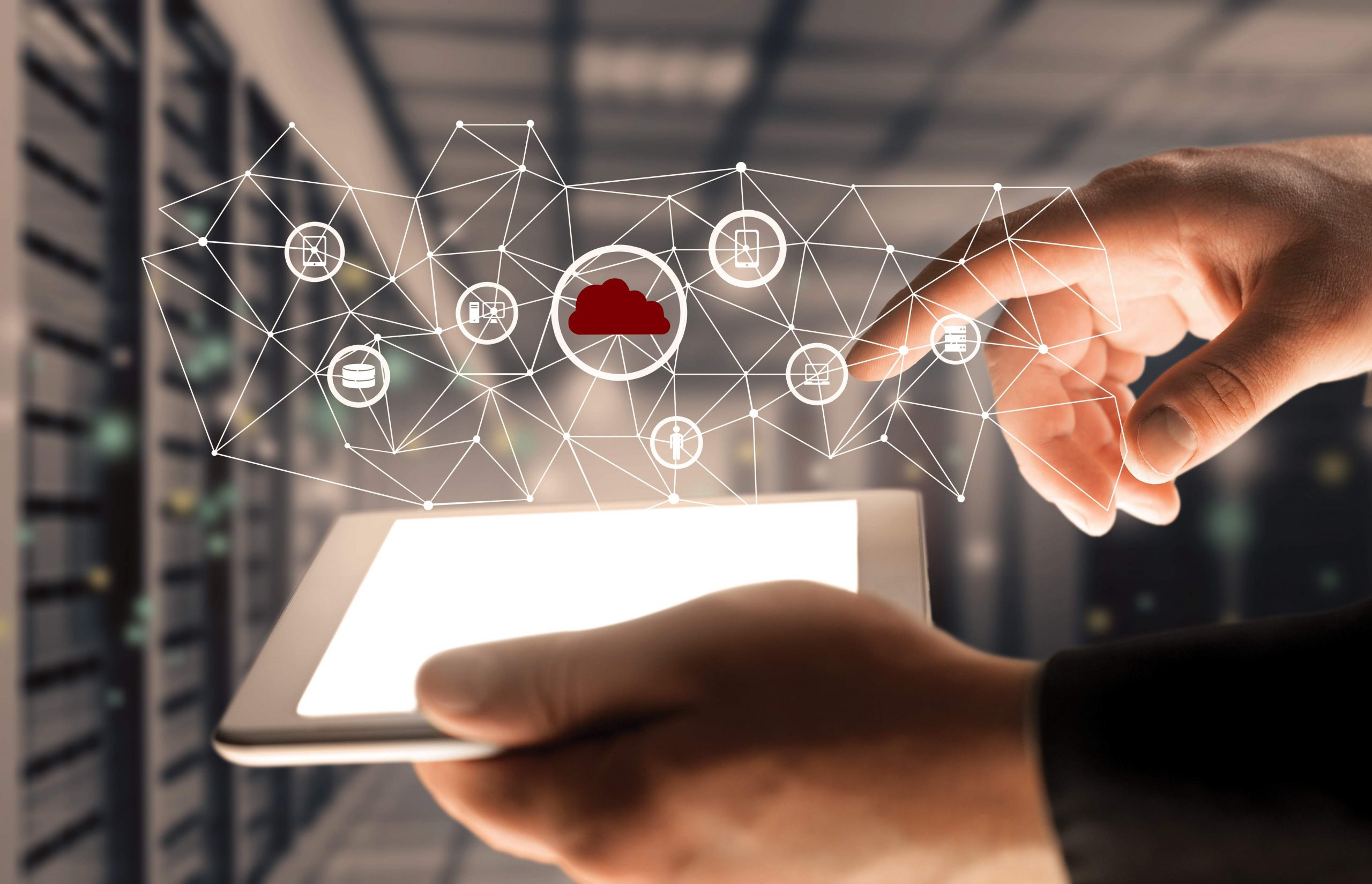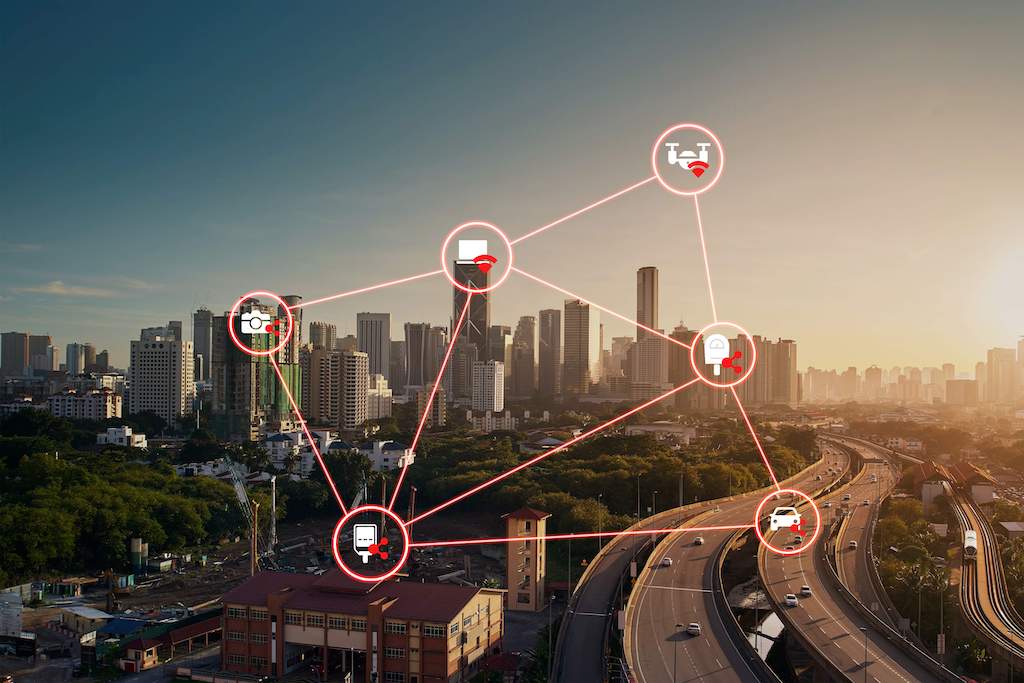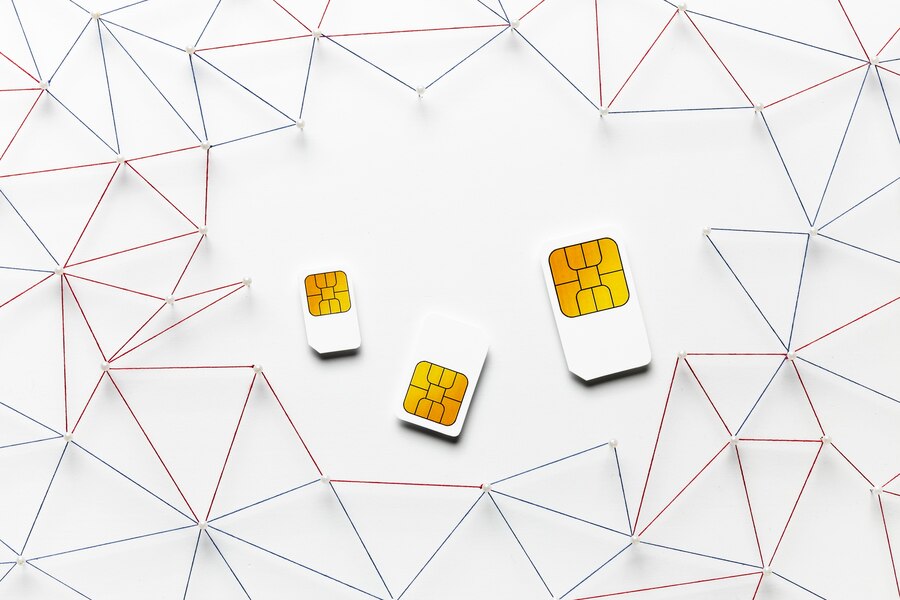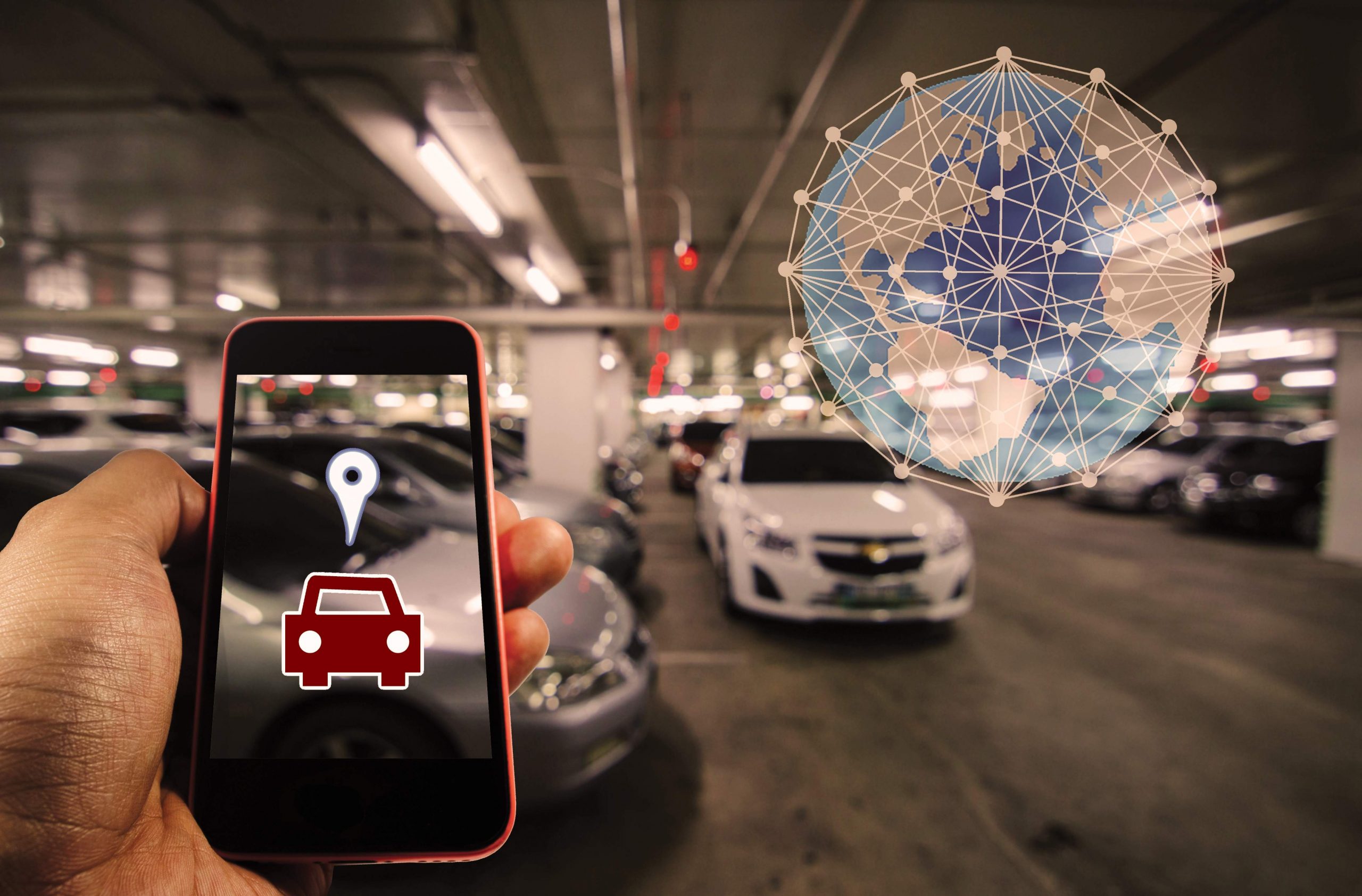IoT & Cloud Computing: A Connected Solution For Enterprises
-
March 9, 2022
-
5 min read

More than ever before, digital technology is helping businesses to reach their goals. Two prominent examples are the Internet of Things (IoT) and cloud computing. Each one is a powerful force that unlocks potential. When they are combined, the possibilities become more revolutionary. Here is a look at how the synergy of IoT and cloud computing can pave the way for a more connected, efficient, and innovative future.
Understanding IoT and Cloud Computing
The Internet of Things (IoT) is a network of interconnected devices, sensors, and systems. These communicate and share data over the internet for real-time monitoring and automation. The devices can be everyday objects like smartphones, wearable gadgets, and home appliances, or complex machinery and industrial equipment.
IoT links these to collect and transmit a continuous stream of data. The information ranges from environmental readings to user activity patterns. Many companies have benefited from IoT solutions.
Cloud computing refers to the delivery of computing services over the Internet. These include storage, servers, databases, networking, software, and analytics.
Cloud computing offers businesses on-demand access to computing resources. It allows users to store data, run applications, and access services remotely. It does away with the need for on-premises infrastructure.
Comparison of IoT and Cloud Computing
IoT and cloud computing share a common goal. They enhance enterprise connectivity and efficiency. However, their functionality is different.
IoT focuses on connecting devices and collecting data from devices and sensors. Cloud computing provides the system and tools to process, analyse, and utilise that data.
IoT operates at the point where data is generated. It enables real-time decision-making and local processing. Cloud computing is the centralised hub for storing and processing this data. It provides scalability, computational power, and analytics capabilities.
Benefits of Merging IoT and Cloud Technology
When IoT and cloud computing are combined, businesses get several benefits.
Remote Device Management
One of the standout benefits of IoT and cloud computing is the capability for remote device management. Cloud-based platforms allow the management of IoT devices from a centralised location. This process includes remote configuration, updates, and troubleshooting. It streamlines network management. Through remote access, businesses can address issues, apply updates, and ensure the smooth operation of IoT devices. They can reduce downtime and enhance productivity.
Real-time Insights and Decision-making
The fusion of IoT-generated data with the power of cloud platforms enables real-time data analysis and decision-making. Cloud-based tools process the stream of data from IoT devices and extract insights. These insights empower businesses to make informed decisions. The combination leads to quicker responses, predictive maintenance, and optimised efficiency.
Edge Computing Optimisation
While the cloud provides immense processing capabilities, the integration of IoT and cloud computing encourages the optimisation of edge computing. Edge computing involves processing data closer to the source — that is, the IoT devices. It reduces latency and enhances responsiveness. The approach allows for intelligent data filtering and local analysis. In this way, using cloud resources for processing strikes a balance between local and centralised data handling.
Customisable and Scalable Solutions
Cloud-based IoT solutions offer flexibility and scalability. Businesses tailor their cloud infrastructure to suit specific needs, scaling resources up or down as demand fluctuates. This scalability allows for the expansion and adjustment of IoT deployment. It ensures that the infrastructure adapts to evolving requirements without overhaul or disruption.
Innovation and Experimentation
The integration of IoT and cloud computing creates an environment of innovation and experimentation. Cloud-based platforms provide a fertile ground for developers and businesses to create and test new IoT applications and services. It encourages rapid prototyping, faster development cycles, and the exploration of new ideas without major investments in hardware or infrastructure.
Enhanced Customer Experience
The combined power of IoT and cloud computing translates into improved customer experiences. Businesses can leverage data collected from IoT devices to personalise services, anticipate customer needs, and deliver tailored experiences. This level of customisation and proactive service leads to increased customer satisfaction and loyalty.
Compliance and Regulatory Adherence
Cloud-based solutions come with robust compliance and regulatory features. By leveraging these features within IoT deployments, businesses can adhere to standards and data protection regulations effectively. It ensures data integrity, privacy, and security. It minimises risks of non-compliance.
The amalgamation of IoT and cloud computing is a blend of real-time connectivity, data processing capabilities, and scalable infrastructure. Businesses can unlock benefits that pave the way for innovation and sustainable growth.
Future Trends in IoT and Cloud Computing
Technology is advancing rapidly to provide enterprises with more ways to harness the future. Here are some trends related to the integration of IoT and cloud computing.
Edge Computing: With the growing need for faster response times and reduced latency, edge computing will gain prominence. It will allow data processing to occur closer to IoT devices, rather than only relying on the cloud.
AI and Machine Learning Integration: The fusion of AI and machine learning with IoT and cloud contact technologies will enable predictive analytics, smarter automation, and better decision-making capabilities.
5G Connectivity: The adoption of 5G networks will enhance the capabilities of IoT devices. It will enable faster data transmission and lower latency. Thus it will speed up the growth of IoT-cloud integration.
Industry-specific Applications: Industries, such as healthcare, agriculture, and manufacturing will witness tailored IoT-cloud solutions addressing specific needs and challenges.
In conclusion, the role of IoT in cloud computing means a transformation that will boost efficiency and drive innovation. The synergy will unlock opportunities and pave the way for a more connected and data-driven future. Unlock new possibilities and explore the potential of IoT Connectivity Management Platform and M2M connectivity with Airtel. Check out IoT solutions and SIM cards.
To be a part of this future, get in touch with Airtel today.
 Share
Share









